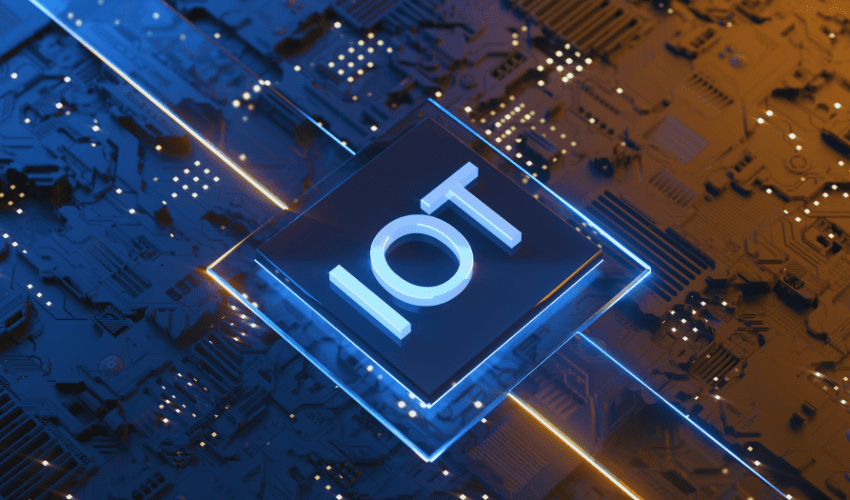The Internet of Things (IoT) has revolutionized various industries, and the aircraft industry is no exception. IoT technology has ushered in a new era of connectivity, data-driven decision-making, and enhanced operational efficiency in aviation. Here’s a look at how IoT is transforming the aircraft industry:
1. Real-Time Aircraft Monitoring
IoT sensors installed throughout an aircraft continuously monitor crucial parameters such as engine performance, fuel efficiency, temperature, and pressure. These sensors transmit real-time data to ground stations and maintenance teams, enabling proactive maintenance and minimizing downtime.
2. Predictive Maintenance
IoT-enabled predictive maintenance uses data analytics and machine learning algorithms to predict component failures before they occur. By monitoring equipment health in real-time, airlines can schedule maintenance during scheduled downtimes, reducing unscheduled maintenance events and optimizing fleet availability.
3. Enhanced Passenger Experience
IoT devices on board collect data on passenger preferences, behavior, and comfort levels. This data helps airlines personalize services such as in-flight entertainment, cabin temperature, and meal choices, leading to improved passenger satisfaction and loyalty.
4. Fuel Efficiency and Operations Optimization
IoT sensors track fuel consumption patterns and operational efficiency metrics across the fleet. Airlines can optimize flight routes, reduce fuel consumption, and lower carbon emissions by analyzing real-time data on weather conditions, air traffic, and aircraft performance.
5. Safety and Security
IoT enhances aircraft safety by providing real-time monitoring of critical systems and identifying potential safety risks promptly. Enhanced cybersecurity measures protect aircraft systems from cyber threats, ensuring the integrity and confidentiality of sensitive data.
6. Supply Chain Management
IoT facilitates seamless integration and tracking of aircraft parts and components throughout the supply chain. Airlines and maintenance teams can monitor the location, condition, and usage history of spare parts, ensuring timely availability and reducing inventory costs.
Conclusion
IoT technology is transforming the aircraft industry by enabling real-time monitoring, predictive maintenance, enhanced passenger experiences, optimized operations, improved safety, and streamlined supply chain management. As the adoption of IoT continues to grow, airlines and manufacturers are poised to reap significant benefits in efficiency, cost savings, and customer satisfaction.
Embracing IoT in the aircraft industry isn’t just about leveraging technology; it’s about redefining how airlines operate, maintain their fleets, and deliver exceptional service to passengers worldwide. Stay tuned as IoT continues to drive innovation and shape the future of aviation.


Leave a Reply